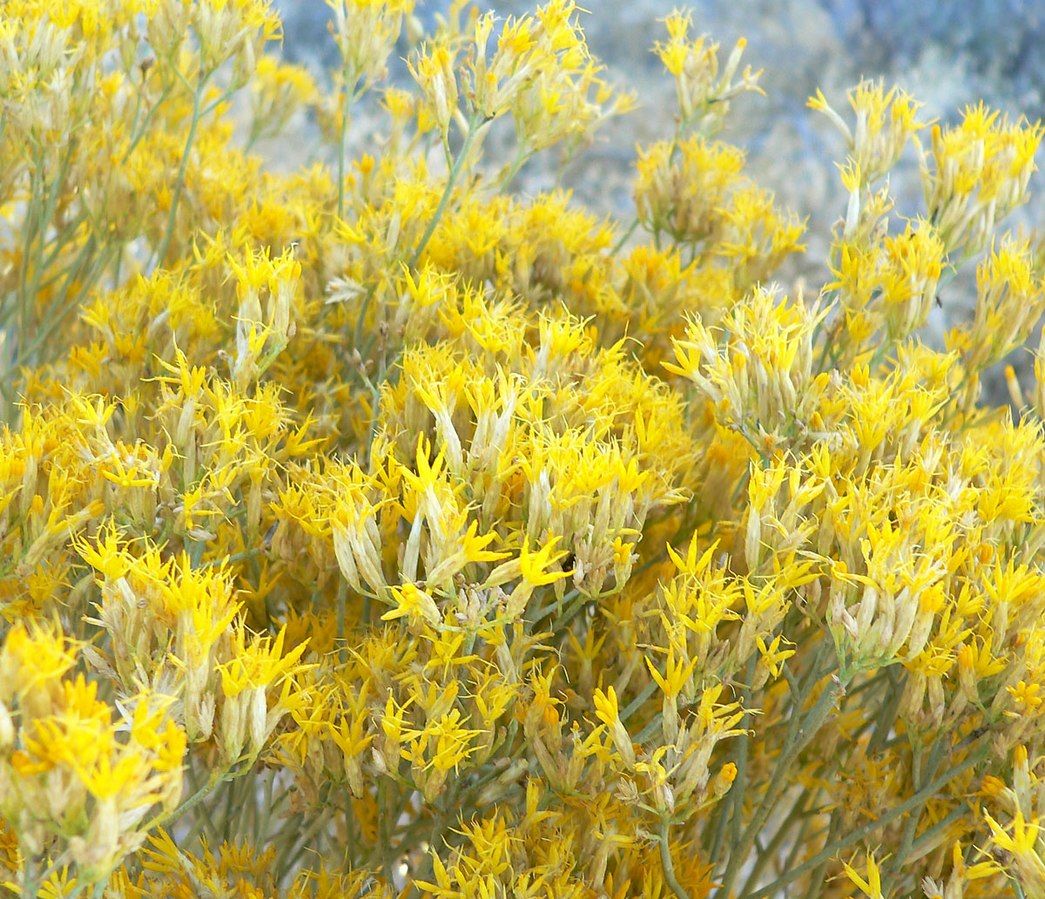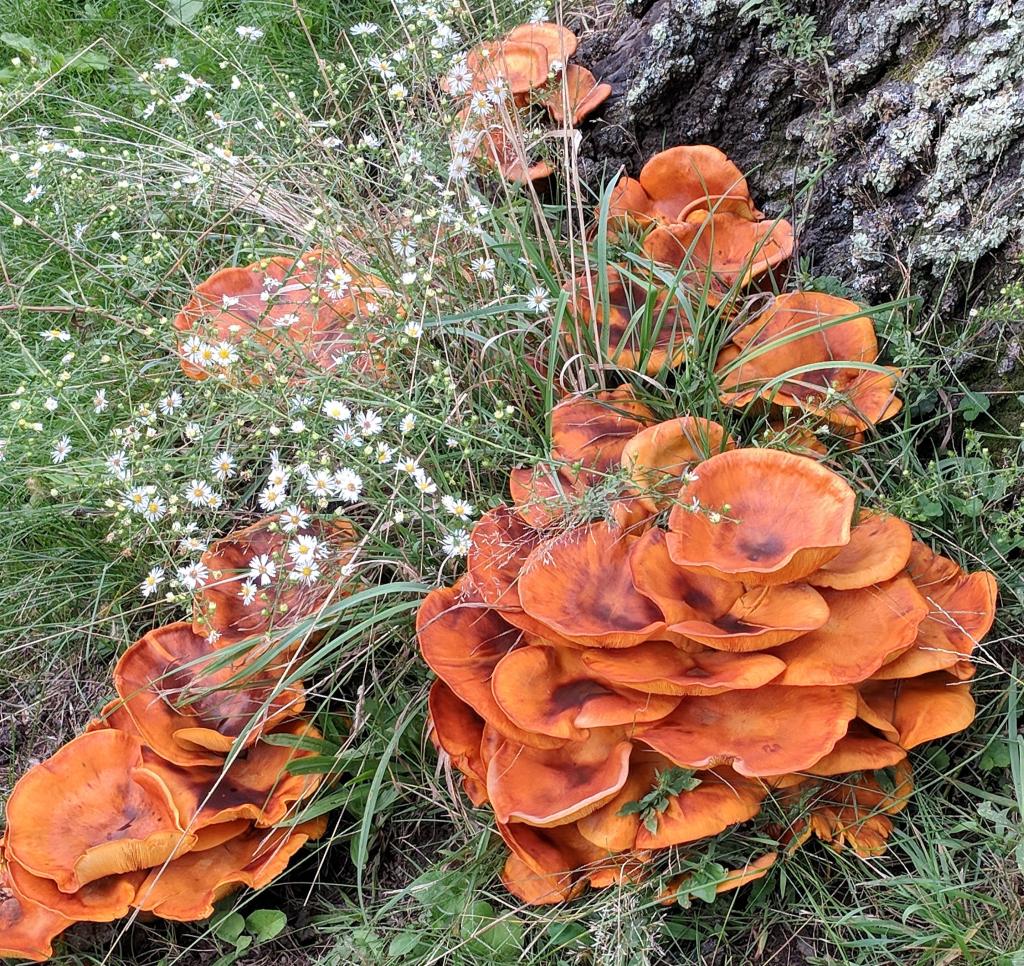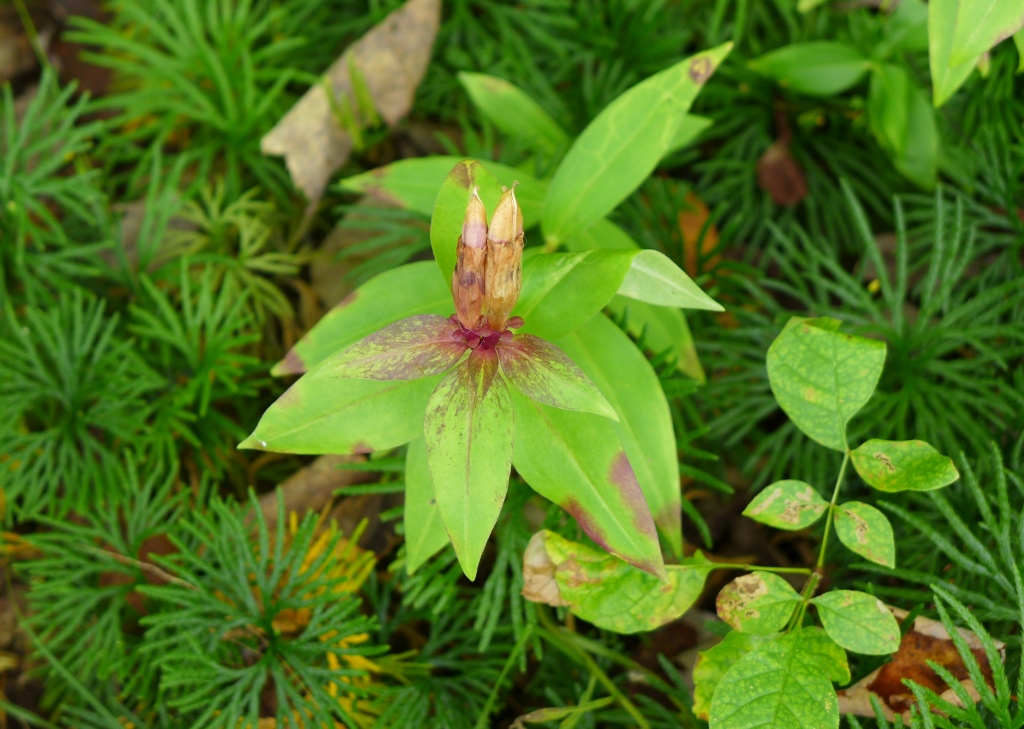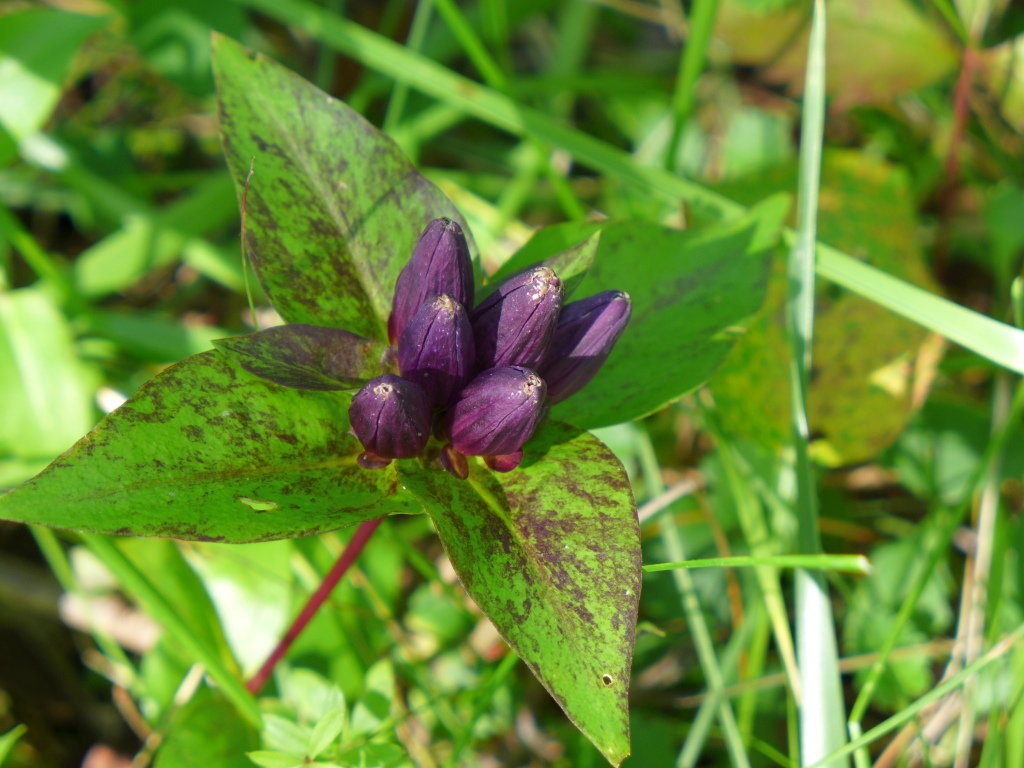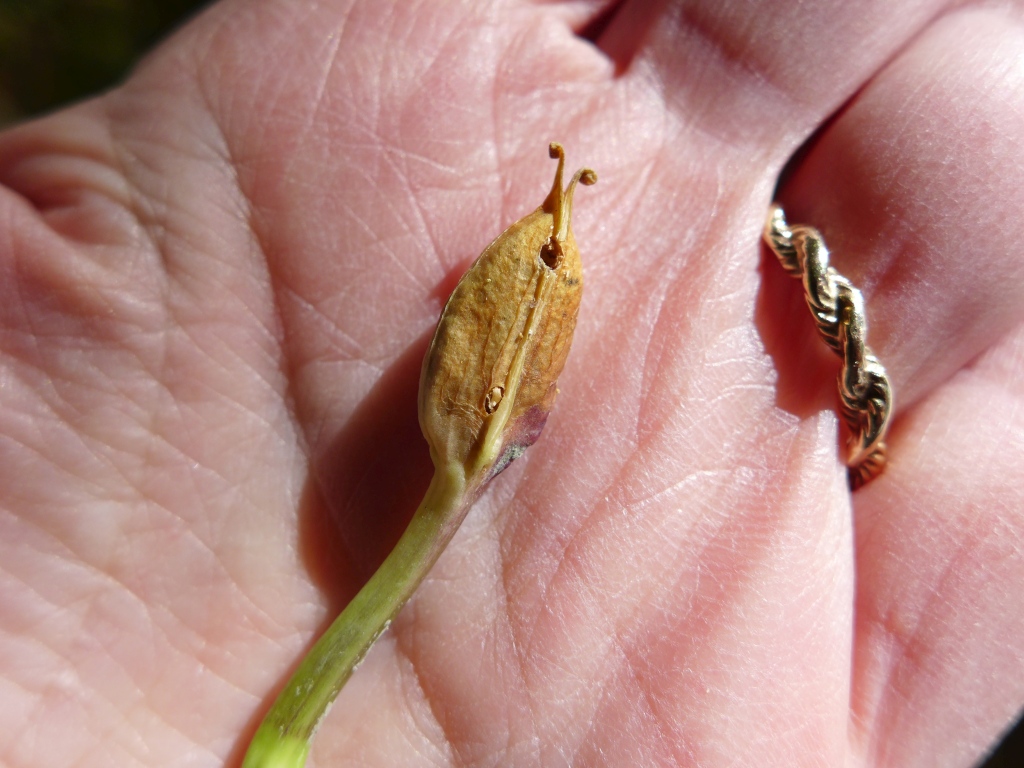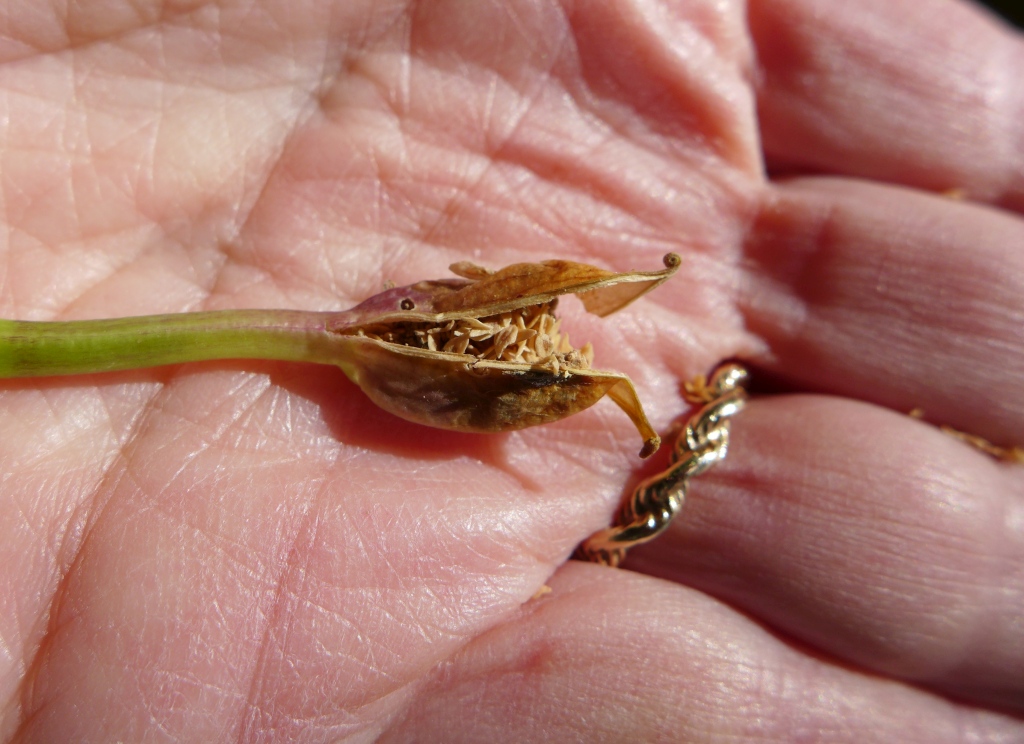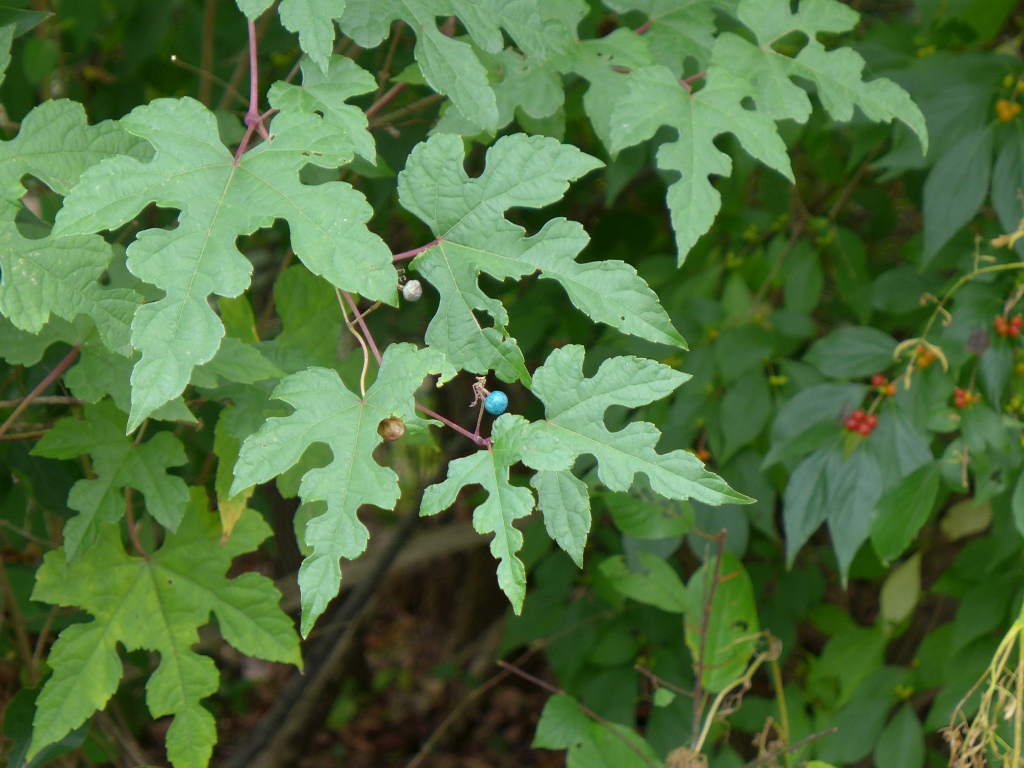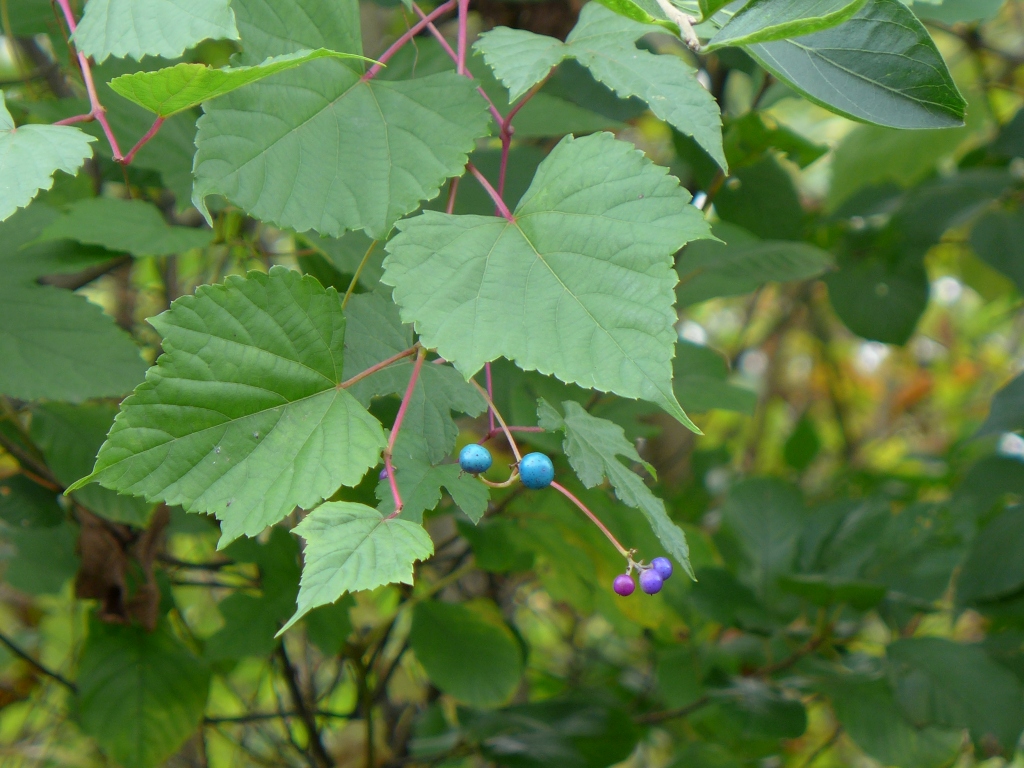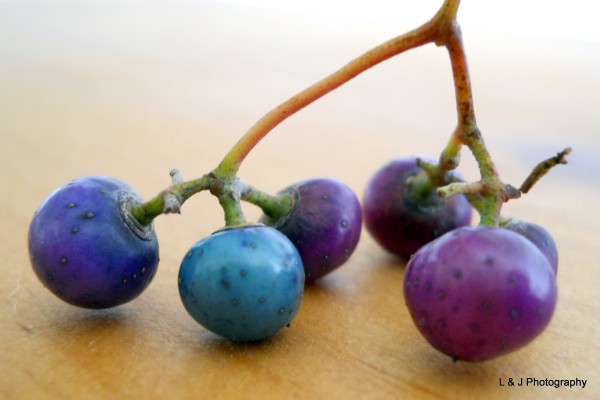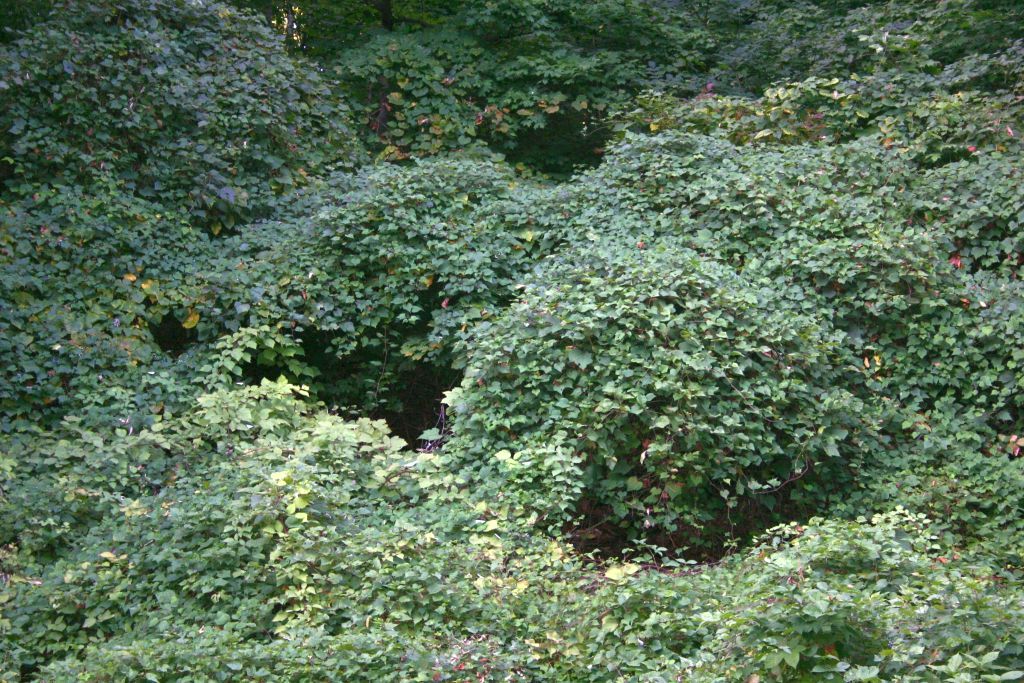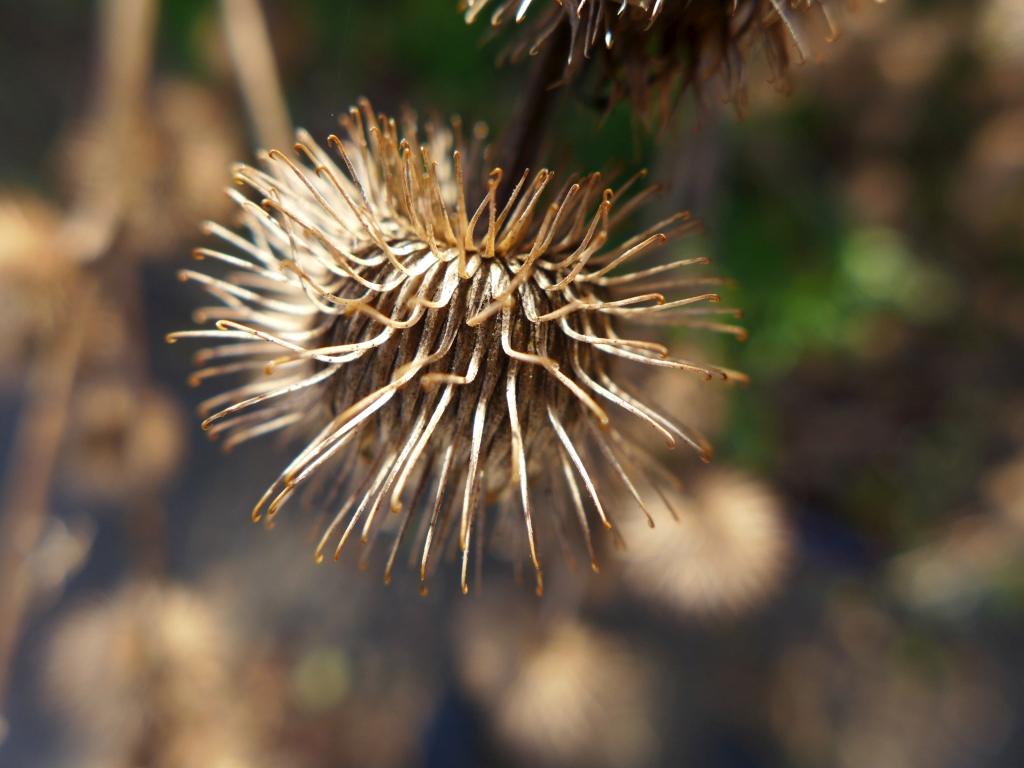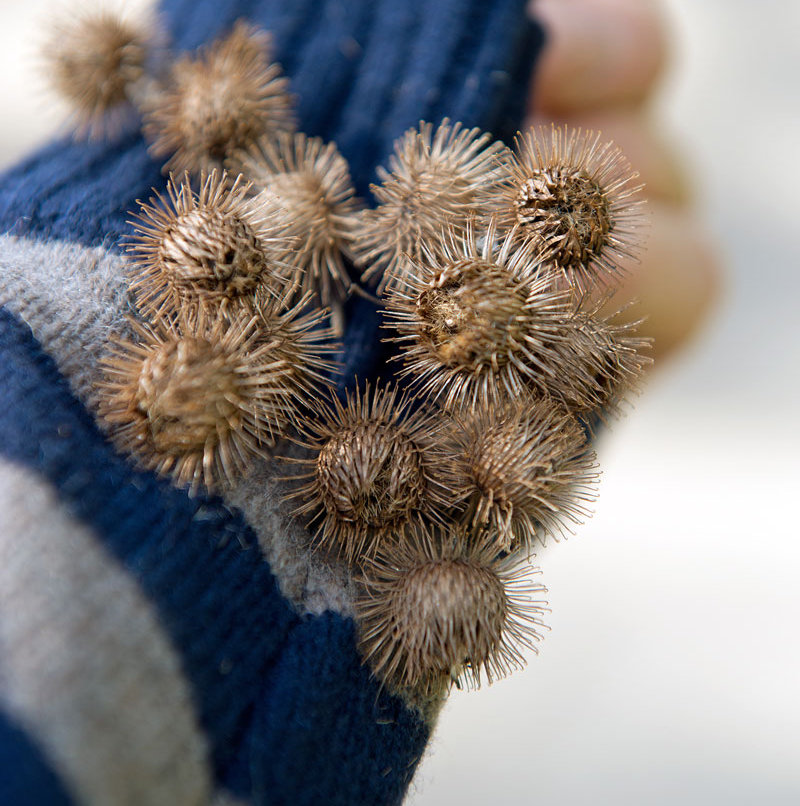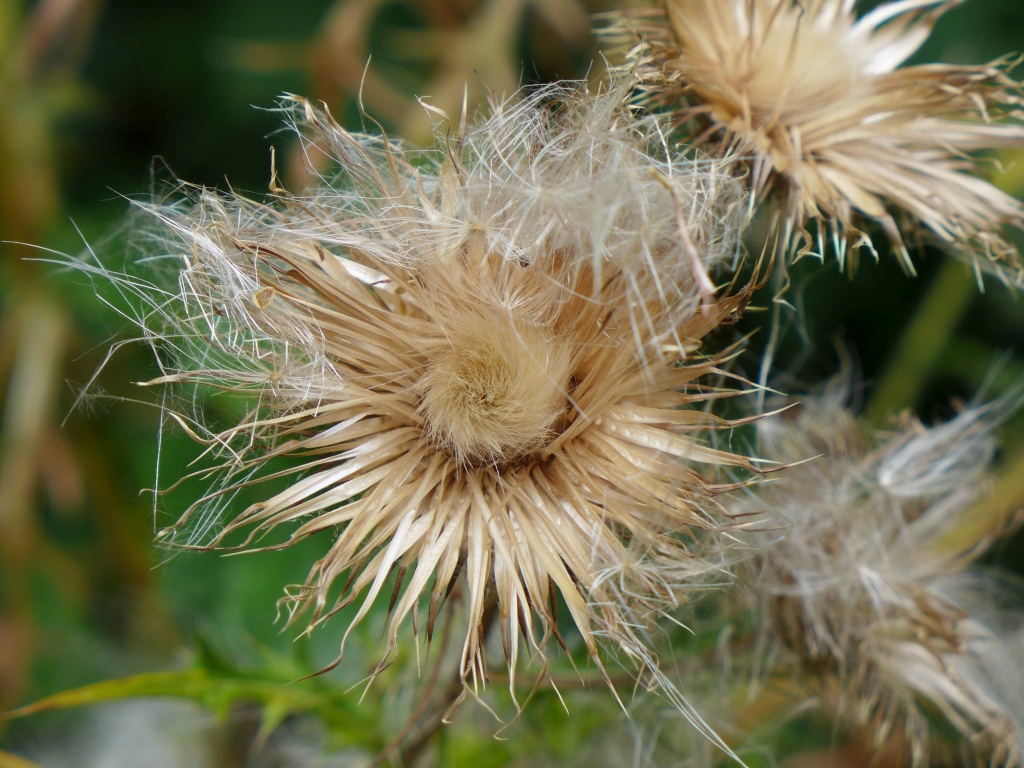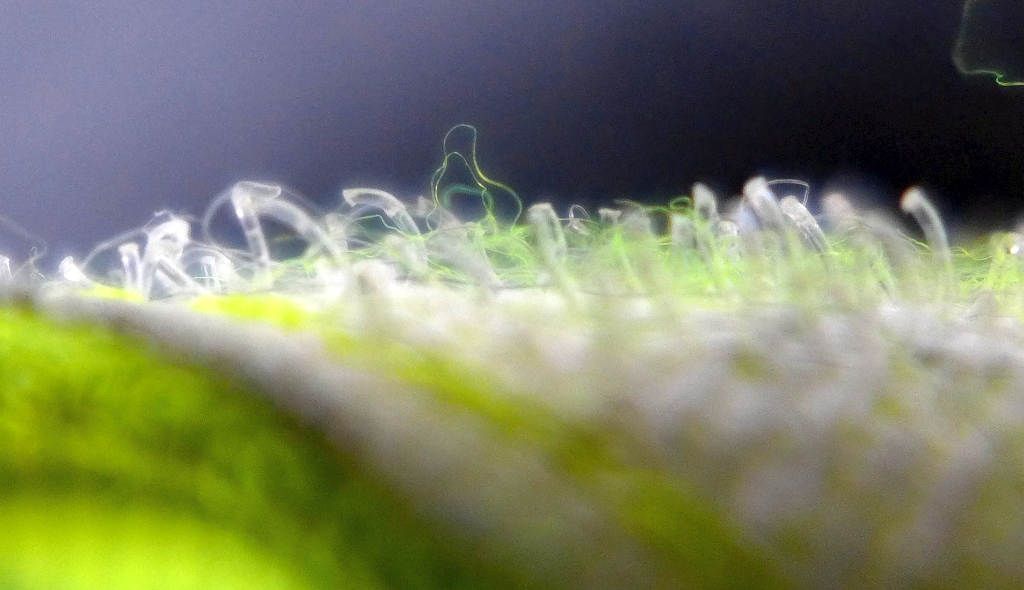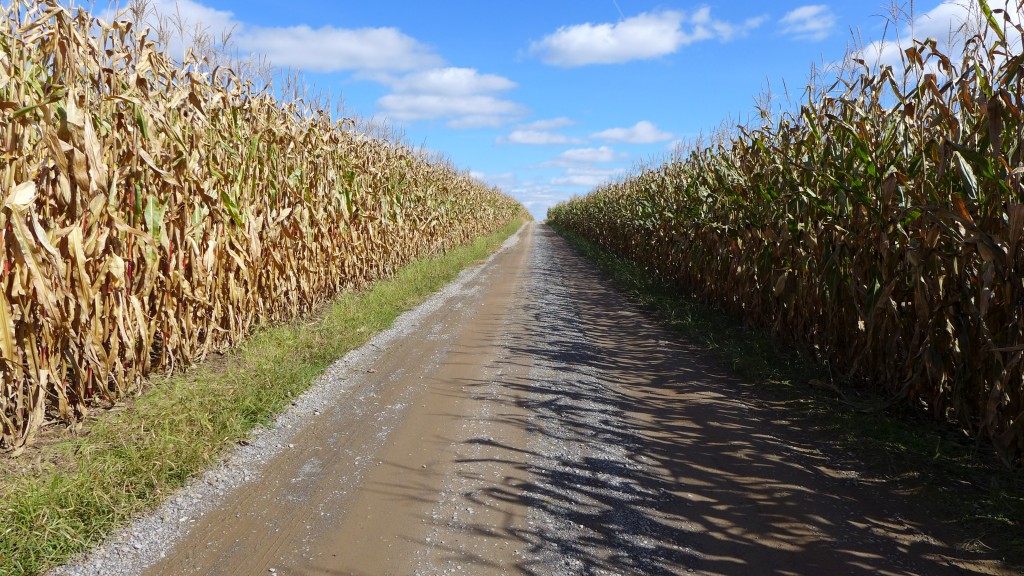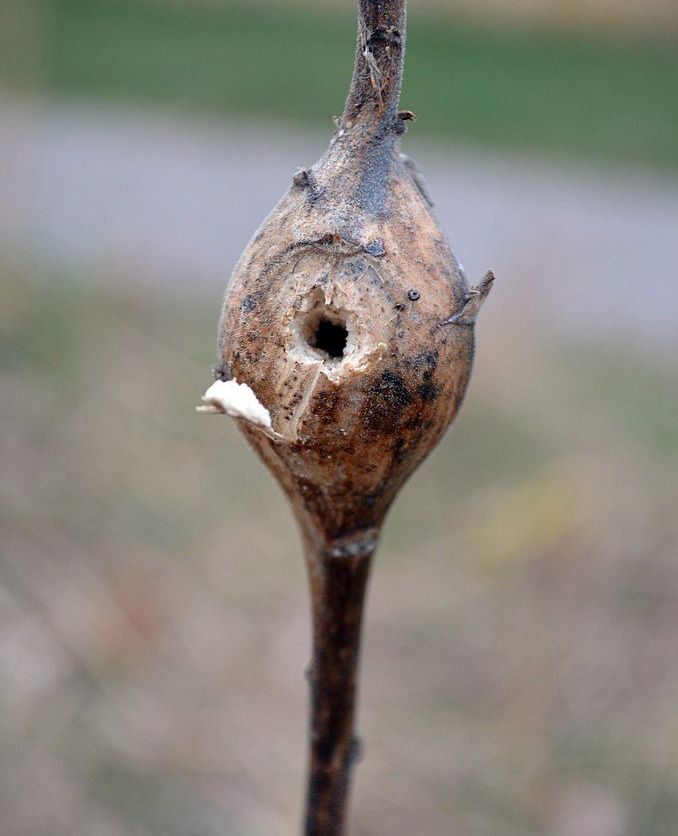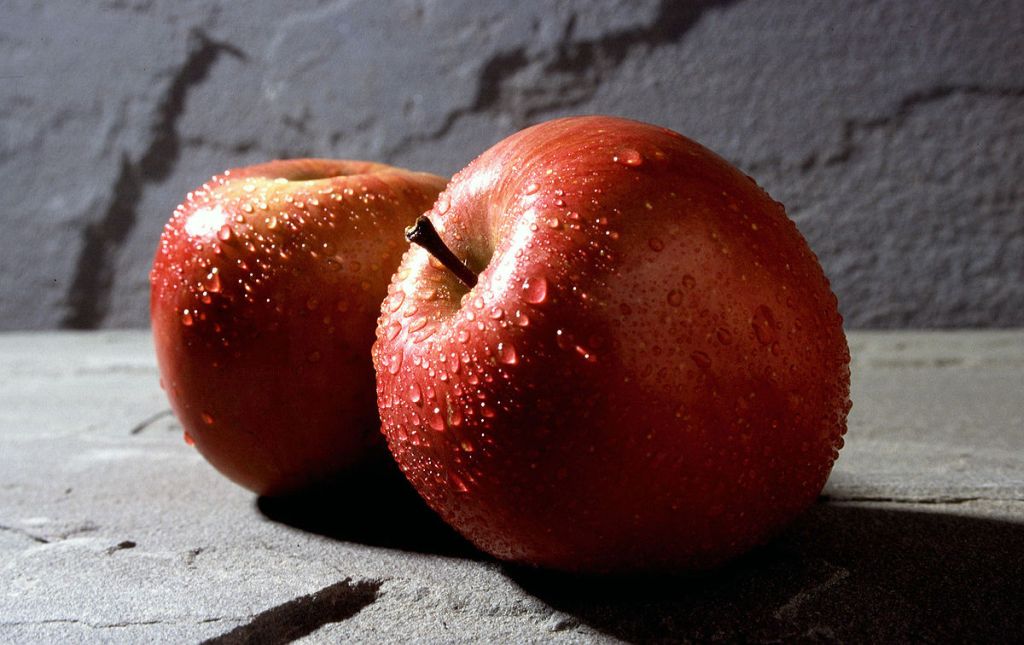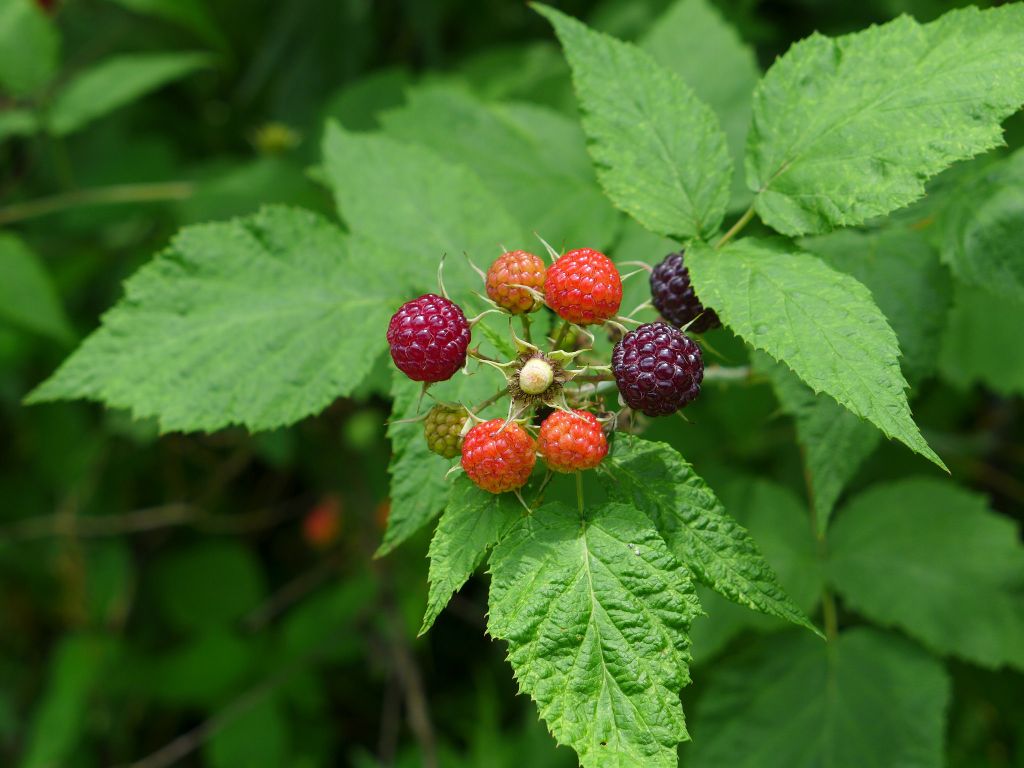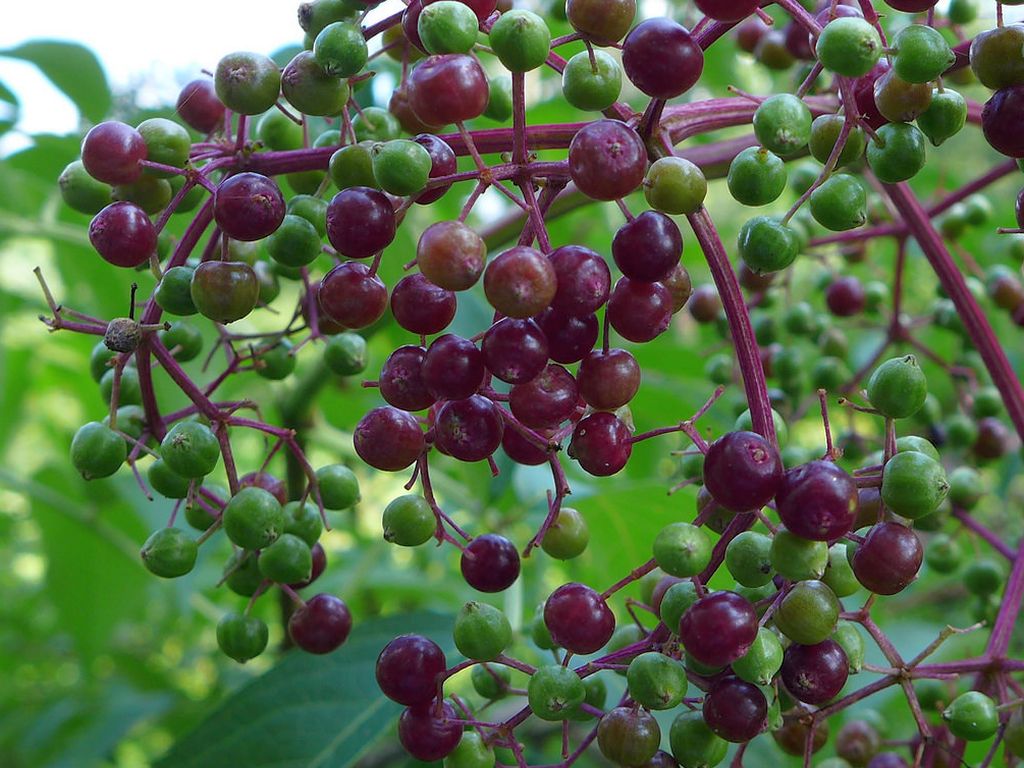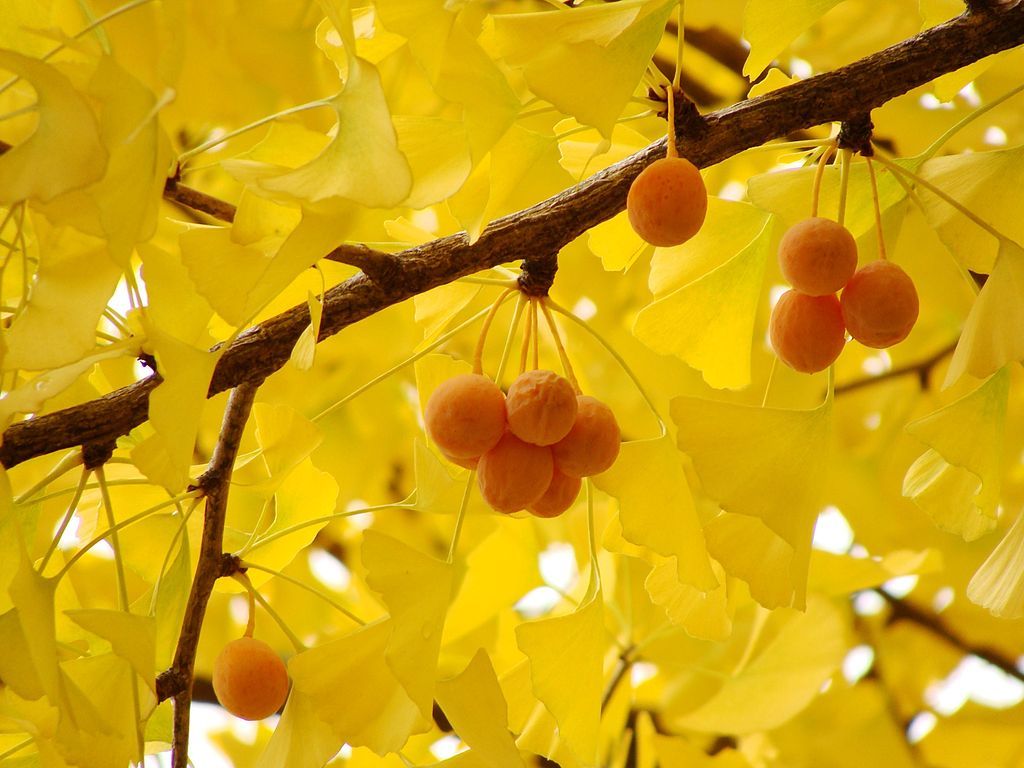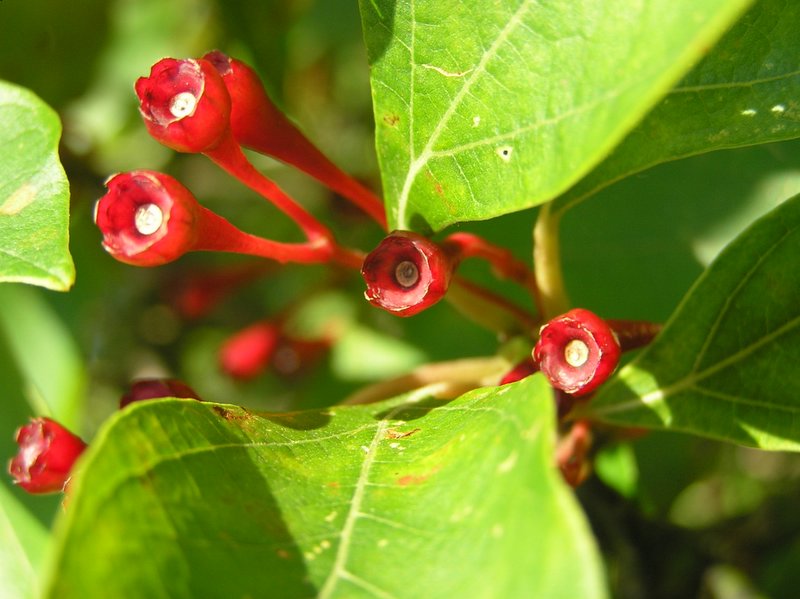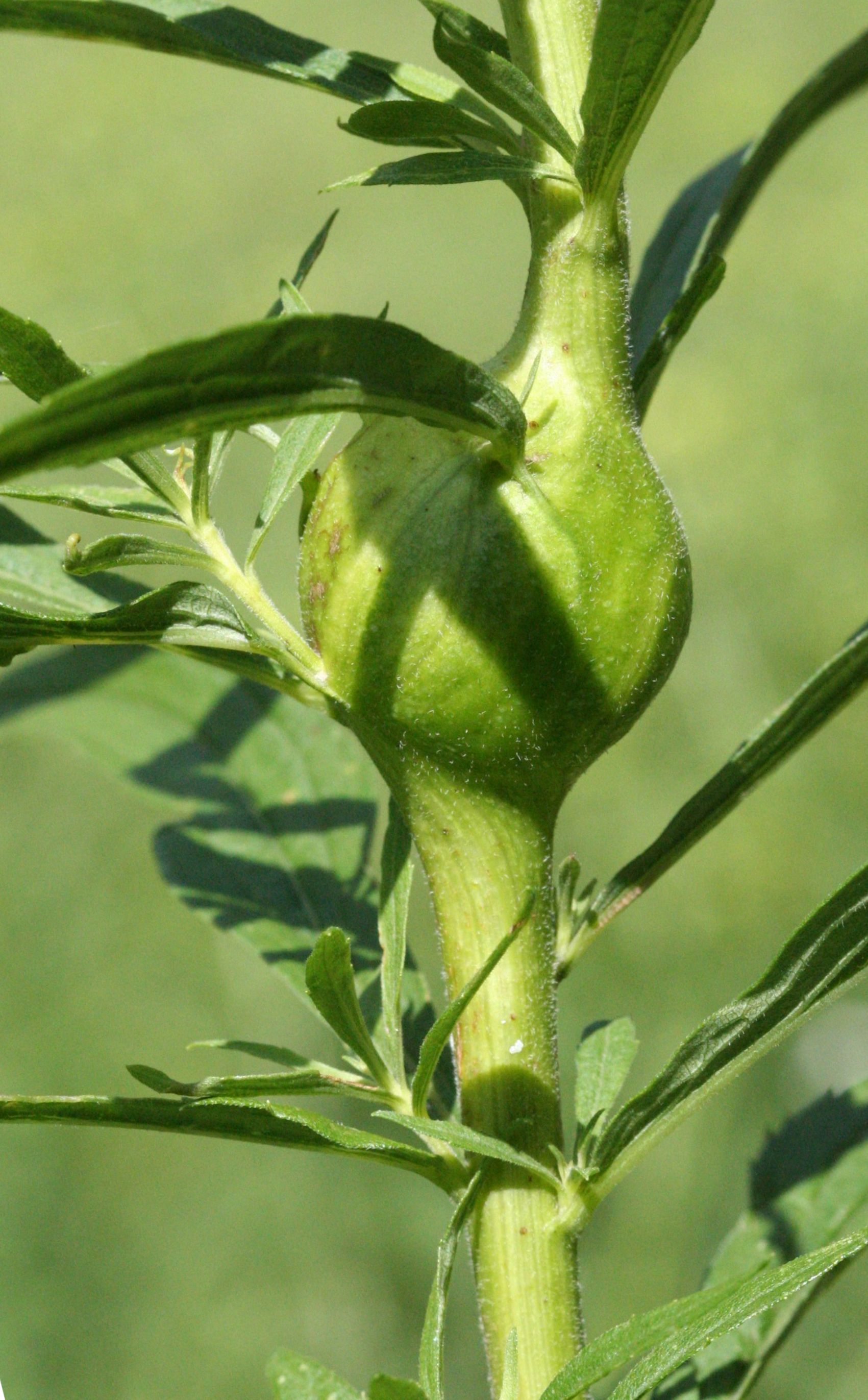
This weekend we’ve switched seasonal plants from pumpkin to peppermint.
Pumpkins (Cucurbita pepo) are cultivars of New World squash that are popular at Halloween because they’re easier to carve than turnips (really! read more here).
We could eat pumpkin year round — mashed, pureed, in soup, cooked like squash, or eaten as pumpkin seed snacks — but most of us consume it in pies from Halloween to Thanksgiving. After that pumpkin pie has a lot of competition from Christmas desserts.
Peppermint (Mentha x piperita) is a cultivated hybrid of watermint and spearmint native to Europe and the Middle East. We use its leaves for flavoring year round but it doesn’t hit its stride until candy cane season arrives.
According to legend candy canes were invented in 1670 for Christmas in Cologne, Germany … but maybe not. The first time they’re mentioned is in the early 1800s. In any case, peppermint became the flavor of Christmas.

By Monday morning pumpkins will be passé, peppermint is prospering.
(photos from Wikimedia Commons; click on the caption links to see the originals)
